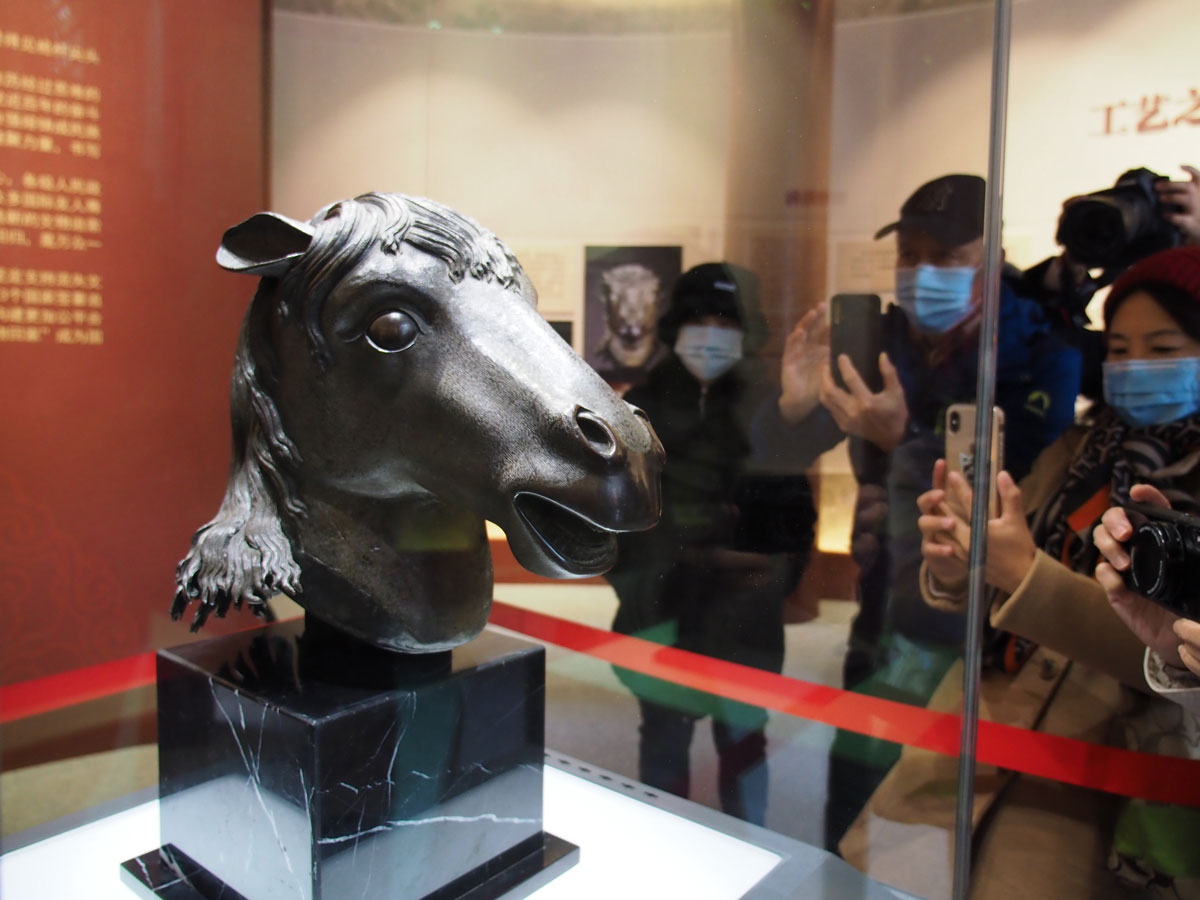In the early 1800s Lord Elgin, a British ambassador, removed sculptures and other cultural artifacts from Athens’ Parthenon. The items, now known as the Elgin Marbles, were later sold by Elgin to the British crown and currently reside in London’s British Museum. The affair is a centuries-long point of contention between the nations of Greece and England, who have spent the intervening years requesting and denying their return, respectively. Were they looted or rescued—or both? Who do they really belong to? As Grace D. Li writes in her new novel about a fictional art heist, Portrait of a Thief: “What is art but another way of exerting power?”
Li—currently a third year medical student at Stanford University—works as a tour guide at the campus’ Cantor Arts Center. In addition to aiding her book research (“It’s nice to be able to walk around a museum and track things like, ‘where are the security cameras?’”), she credits her experience as a tour guide with helping her to “think about the role of museums in preserving history, and how museums take an active role in the cultivation of what we remember and what we observe.”

Portrait of a Thief is her debut novel. It centers on the repatriation of “what the West stole”—12 zodiac statues pilfered from China’s former Old Summer Palace by British and French colonizers during the Second Opium War. Li explains that though it might not be a pivotal event in American history books, the real-life theft is “part of the general body of knowledge” she had growing up as a Chinese American. Li’s parents both came to the U.S. in the 1990s. “That idea of ‘who does art belong to?’ and feeling caught between cultures really spoke to me,” she says, “so I wanted to write about that.”
China is in possession of several of the zodiac statues, but the rest remain missing. Li took this unsolved mystery as inspiration to think through questions of patrimony and ownership. “The zodiac statues are a representation of everything that had been looted from the Old Summer Palace,” she explains, and in her novel, they aren’t missing but displaced in museums around the world. This presents an opportunity for her protagonist Will Chen, who Li describes as the “quintessential, perfect Asian son.” An art history student at Harvard, suave and intelligent Will gets approached by a mysterious Chinese investor who wants him to steal the statues back from the museums. Will quickly assembles a crew of other Chinese Americans and the novel kicks off.
The team fills out heist crew archetypes but in a way that feels natural: Alex Huang is a MIT-trained software programmer who can feasibly parlay her skills into hacking; Will’s sister Irene has the kind of charm and confidence that can “shape the world to her will,” making her the ideal grifter; Lily Wu, whose hobby of street racing has won her many a car, is a natural pick for getaway driver; and Daniel Liang is a steady-handed pre-med student/thief. There’s intergroup tension—some hostile, some romantic—and a lot on the line as this group of 20-somethings essentially agree to sacrifice their futures to correct the past.




